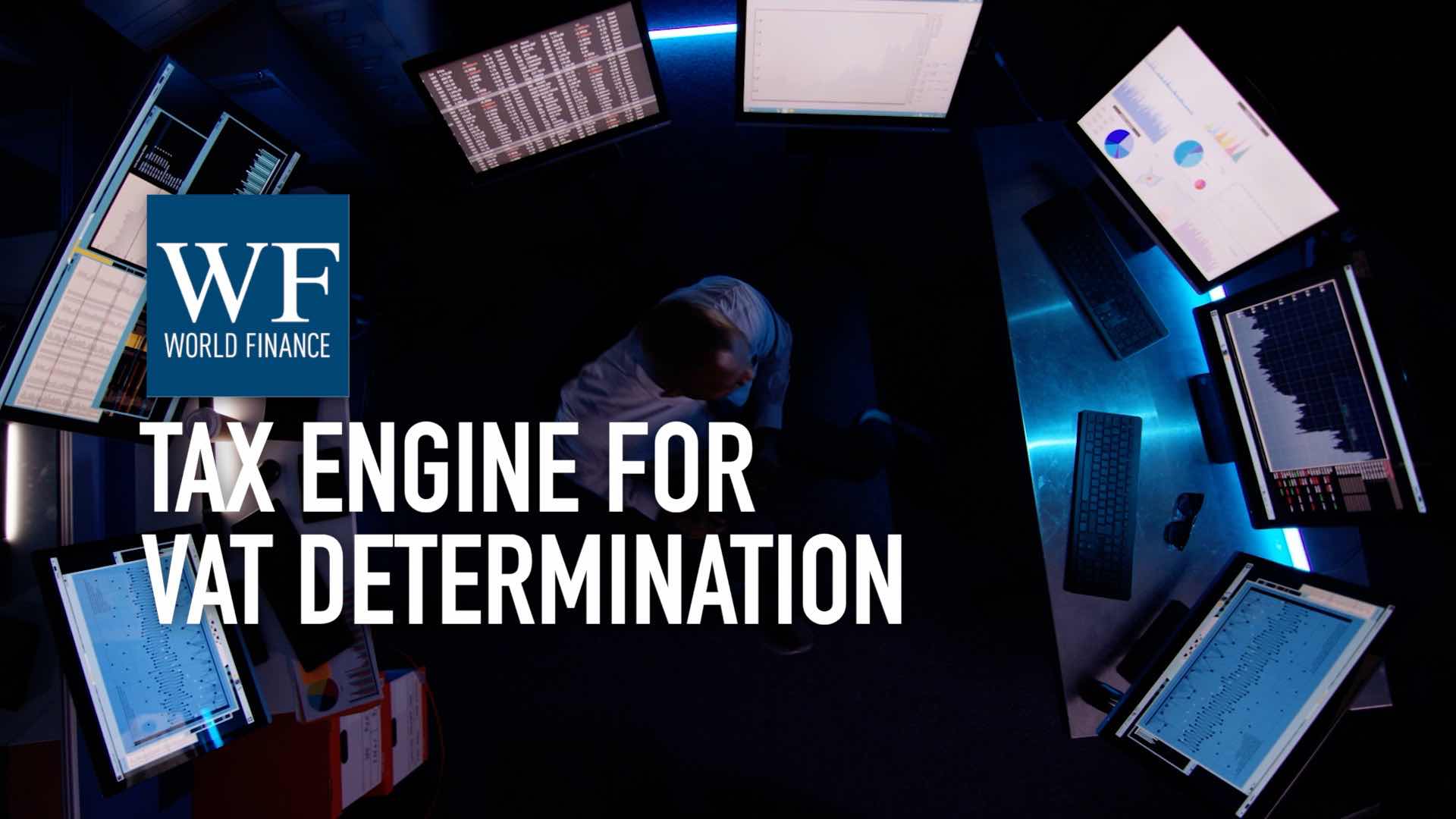Applying tax engine rigour to procurement | Vertex Exchange Europe 2019
Introducing a tax engine to the AP side of a business can save tax professionals hours down the line, says Andy Hallsworth
Related:
Transcript
Tax technology specialists Vertex brought together tax professionals, solution experts, and its customers in Munich for its Vertex Exchange Europe event. World Finance interviewed half a dozen delegates for an update on Europe’s latest tax compliant challenges and technological advancements: you can watch them all in our Tax Automation with Vertex playlist on Youtube.
Andy Hallsworth: There are trends in procurement at the moment, and actually it’s about best-of-breed platform. I suppose traditionally procurement has always happened in ERP platforms – and not without difficulty for VAT, for sure. But now there are platforms such as SAP Ariba, such as Coupa, becoming very popular with procurement.
As VAT people, we’ve always had a much clearer handle on the AR side of our business – the sales that we make. We are in control of that.
By definition we are less in control of the AP side of our functions – we are at the mercy of the vendors, of the clerks managing the invoicing for those vendors.
AR clerks from our vendors are literally manually typing VAT amounts into a screen in front of them. What are they basing that VAT amount on? Well, your guess is as good as mine. But with manual input becomes risk of manual error.
This is where the use of a tax engine can apply rigour throughout the lifecycle of an AP process. The content, the power of automation and consistency that you get with a tax engine can ensure that companies aren’t accepting incorrect invoices – or, invoices with incorrect VAT on them – to ensure that they know the true cost of VAT to their business, to not be so much at the mercy of AR clerks.
One of the key business outcomes of applying this kind of rigour to AP is simply not accepting invoices on which the VAT is incorrect! As we know, if you as a business accept an invoice with incorrect VAT, and you recover that VAT, well there’s a chance that you’re going to end up being liable for that VAT.
We often find these errors years down the line, when the tax authorities come and ask the right questions. What we’re looking to do with tax engines is to apply that rigour up front, real time: to weed out those incorrect invoices at source, not accepting them by chance, and living to regret it sometime later.
So for example I know I’ve worked with some businesses that went through an exercise of applying rigour to their AP process. And at the start of that process they believed they were getting 65 percent of their AP invoices correctly coded. By applying rigour, working along with Vertex, they upped that to over 95 percent fairly rapidly.
Thanks for watching. Click now for more videos from Vertex Exchange Europe 2019, and please subscribe for the latest international business insights from worldfinance.com

 Vertex tax technology: Introducing SAP chain flow accelerator
Vertex tax technology: Introducing SAP chain flow accelerator Vertex tax technology: Why add a tax engine for VAT determination
Vertex tax technology: Why add a tax engine for VAT determination
